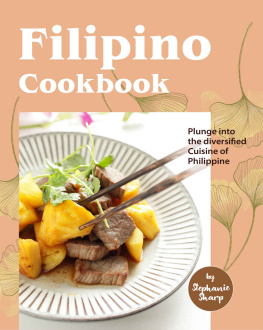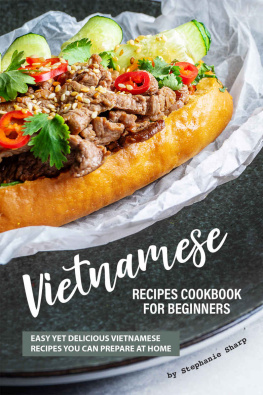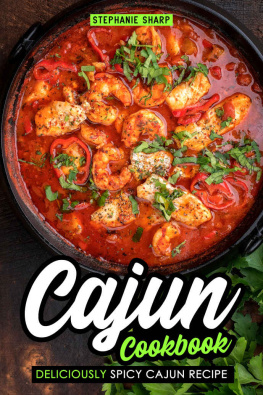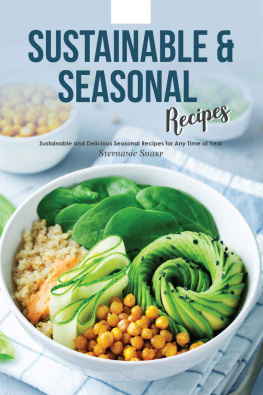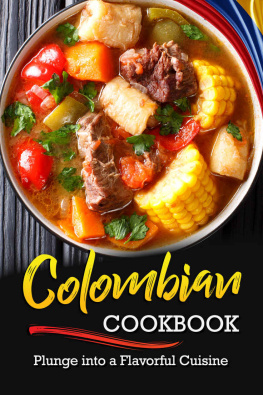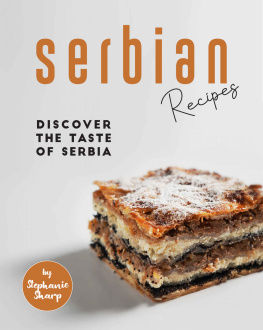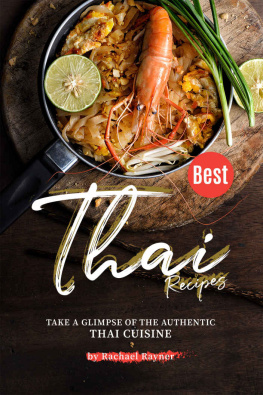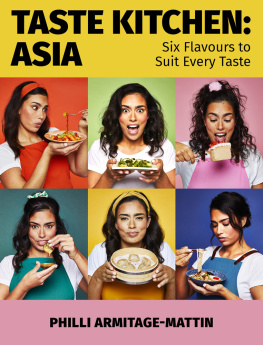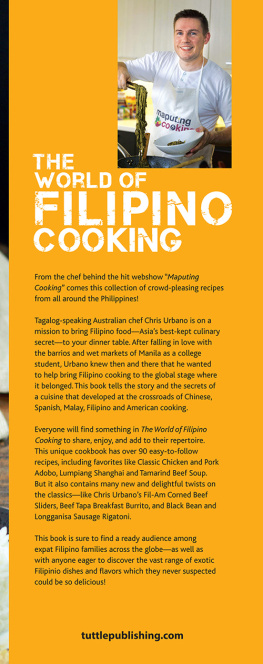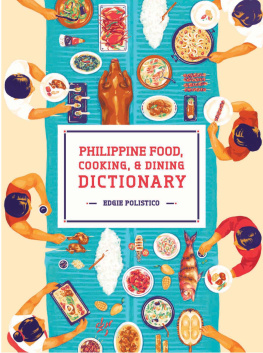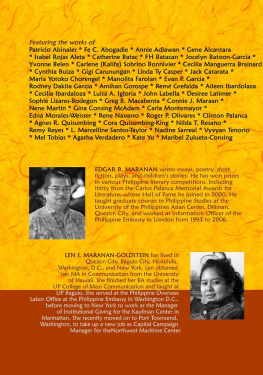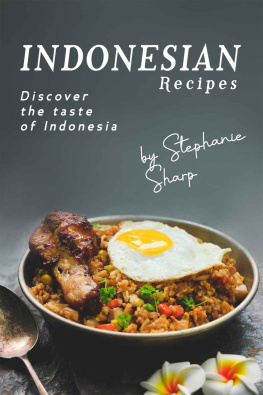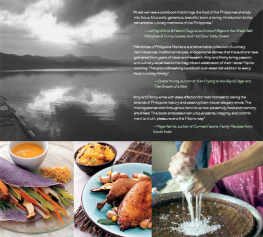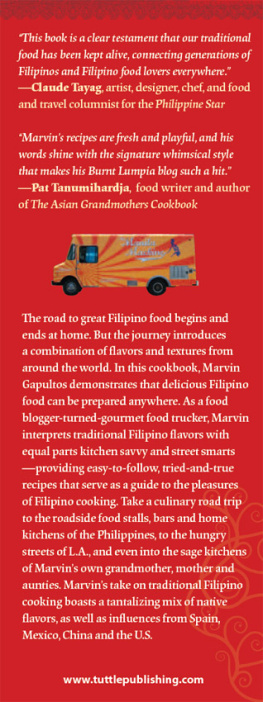Copyright 2020 by Stephanie Sharp All rights reserved.
No part of this Book may be transmitted or reproduced into any format for any means without the proper permission of the Author. This includes electronic or mechanical methods, photocopying or printing.
The Reader assumes all risk when following any of the guidelines or ideas written as they are purely suggestion and for informational purposes. The Author has taken every precaution to ensure accuracy of the work but bears no responsibility if damages occur due to a misinterpretation of suggestions.
My deepest thanks for buying my book! Now that you have made this investment in time and money, you are now eligible for free e-books on a weekly basis! Once you subscribe by filling in the box below with your email address, you will start to receive free and discounted book offers for unique and informative books. There is nothing more to do! A reminder email will be sent to you a few days before the promotion expires so you will never have to worry about missing out on this amazing deal. Enter your email address below to get started. Thanks again for your purchase!
Introduction

Filipino cuisine covers the vast areas of ethno-linguistic groups existing throughout the Philippine archipelago. The style of food making has been gradually shaped over centuries from their Austronesian origin (also shared by Malaysian and Indonesian cuisines) to a mixture of Indian, Chinese, Spanish, American cuisines. Distinct ingredients and features from these cuisines have been well adopted to lend the Filipino cuisine the uniqueness it possesses. Simple yet striking dishes like rice, fish curry, fried salted fish, chicken curry occurs in everyday menu. Some popular dishes include tapa, torta (omelet) lechon (whole roasted pig), dinuguan (pork blood stew) pancit (noodles), lumpia (fresh or fried spring rolls). Adobo is another famous dish. It is chicken or pork based dish where soy sauce, vinegar, garlic, and oil is used to marinate the meat. Filipinos add fruits and vegetables like Plantains, kalamansi, guavas, mangoes, papayas, and pineapples to add a tropical taste to the dishes. Vegetables like water spinach, Chinese cabbage, eggplants remain mainstays. Coconut is another ingredient that is used widely and in a lot of ways. The flesh is used in desserts, milk in sauces and the coconut oil for frying. There is also a tendency to consume food with various kinds of dipping sauces. Root crops such as potatoes, carrots, cassava, sweet potatoes, etc. are widely harvested and readily available in the kitchen. The combined use of tomatoes, garlic and onions are found in many food items. Desserts are enjoyed as the end meal and a range of unique as well as tasty items are prepared on a daily basis. Leche flan, a Filipino version of the caramel pudding is extremely popular. Puto is a sweet steamed rice cake. Halo-halo, a crowd puller is a custard made with crushed ice, jelly, sago pearls sweet potato, banana, coconut, jackfruit and a few other items.
Other popular desserts include Buko Pandan (a kind of pudding using pandan leaves), Banana cue, Turon (a kind of wrap), etc.
Recipes
Ginisang Gulay

It is a very unique and flavorful dish. The flavors come from a different type of vegetables used in this dish. There are not a lot of spices or herbs to make this dish delicious.
Serving Size:
Cooking Time: 15 Minutes
Ingredients:
- 2 bitter melons, sliced
- 4 okras cut in half
- 1 cup peeled, deveined shrimp
- cup cubed pumpkin
- 1 cup green beans, cut in half
- 1 large green eggplant, cut into wedges
- Salt to taste
- 1 tbsp soy sauce
- 1 tsp red chili powder
- 2 cups vegetable stock
- 1 tsp oil
Instructions:
In a large pan, heat the oil. Add the shrimp and toss until it becomes pink.
Transfer the shrimp onto a plate.
Add the pumpkin, green beans, bitter melon, eggplant, and cook on high heat for 2 minutes.
Add the stock and bring it to boil.
Add the shrimp, salt okra, soy sauce and red chili powder.
Cook on high heat for 5 minutes. Serve hot.
Beef Pochero

Beef pochero is one of the most famous main dishes in Philippine. They love it in all form. There are many variations of this dish. This one is made with beef and many vegetables.
Serving Size:
Cooking Time: 50 Minutes
Ingredients:
- 1 lb. beef, cut into medium chunks
- cup chickpeas
- 1 plantain, peeled, diced
- cup cubed carrots
- cup diced potato
- 1 cup bok choy, cut in half
- 4 cups beef broth
- Salt to taste
- 2 tbsp soy sauce
- 1 tsp red chili powder
- 1 tbsp oil
- 1 tsp garlic paste
- 1 tsp ginger paste
Instructions:
Remove the bones and fats from the beef.
In a pot, add the beef, chickpeas with the beef broth.
Cover with lid and cook on high heat for 30 minutes.
Add the soy sauce, red chili powder, garlic paste, ginger paste, salt, bok choy, potato, carrot, plantain and cook for 20 minutes.
Take off the heat and serve hot.
Chicken Pochero

Filipinos love pochero and they have quite a few variations of this main course. This one is made using chicken and chorizo. Traditionally it also contains many vegetables like green beans, bok choy and legumes like chickpeas.
Serving Size:
Cooking Time: 15 Minutes
Ingredients:
- 1 lb. chicken breasts, boneless, cubed
- 2 pieces chorizo, sliced
- 1 cup long green beans, edges removed
- 1 cup chickpeas
- 1 medium potato, cubed
- 4 cup chicken stock
- Salt to taste
- 2 tbsp soy sauce
- 1 tbsp garlic paste
- 1 tbsp oil
- 1 cup diced boy choy
Instructions:

